
QUIZ 28
Bird photographed by Cheang Kum Seng.

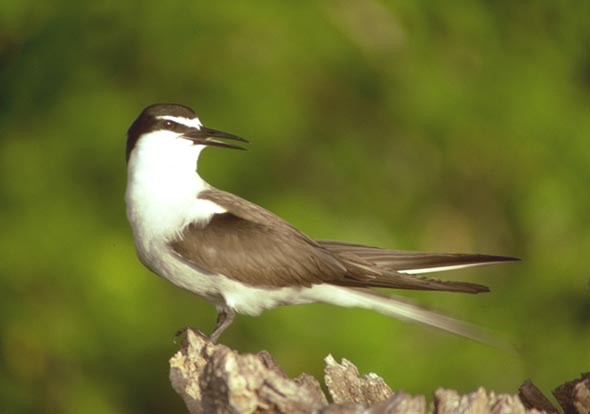
QUIZ 29
Bird photographed by Chris Barnes.

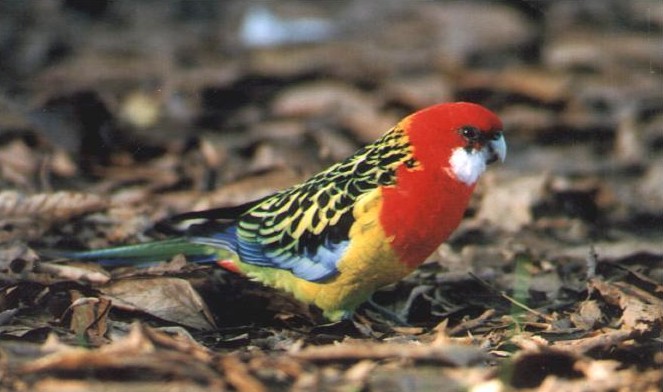
QUIZ 30
Bird photographed by Kevin Roberts.

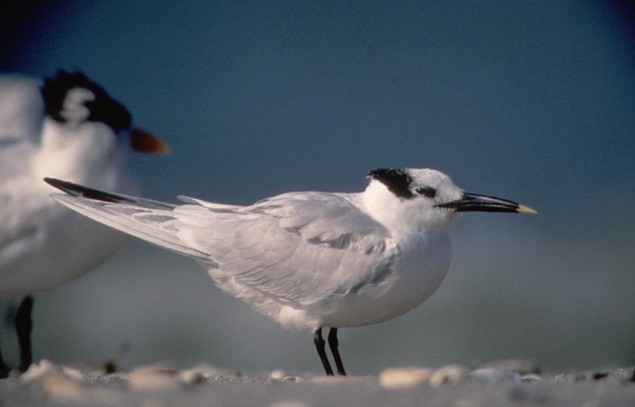
QUIZ 31
Bird photographed by Shawn Carey.

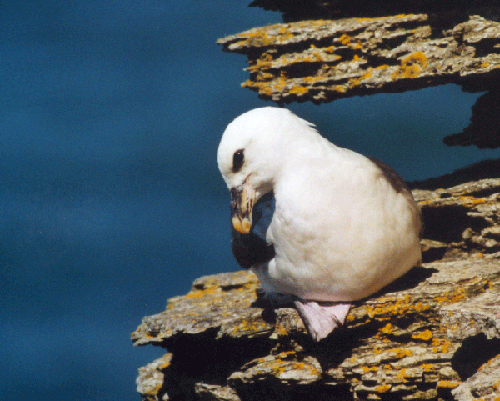
QUIZ 32
Bird photographed by Stephane Moniotte.

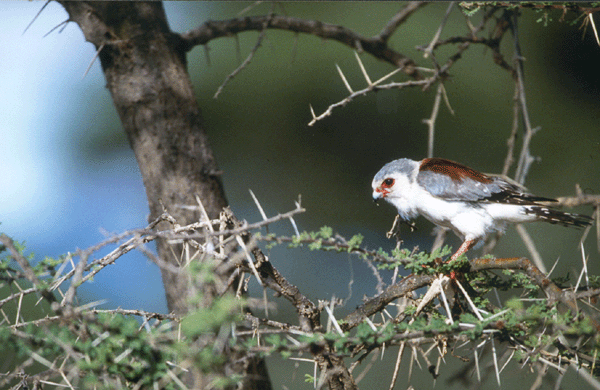
QUIZ 33
Bird photographed by Fabrice Sente.

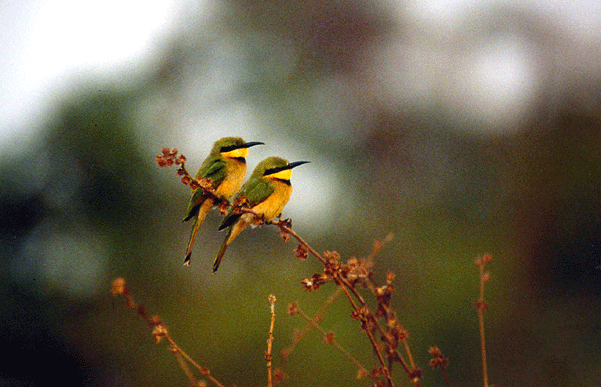
QUIZ 34
Bird photographed by Gilles Willem.

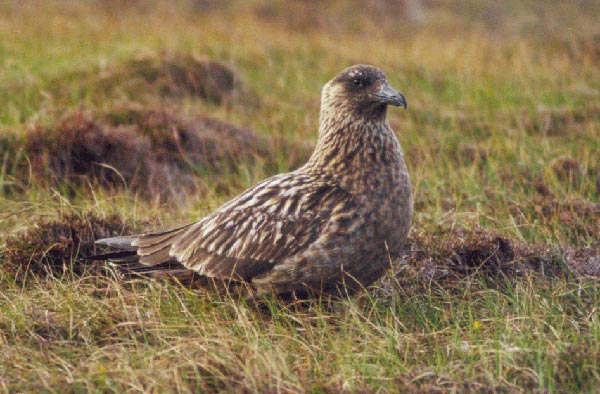
QUIZ 35
Bird photographed by Stephane Moniotte.

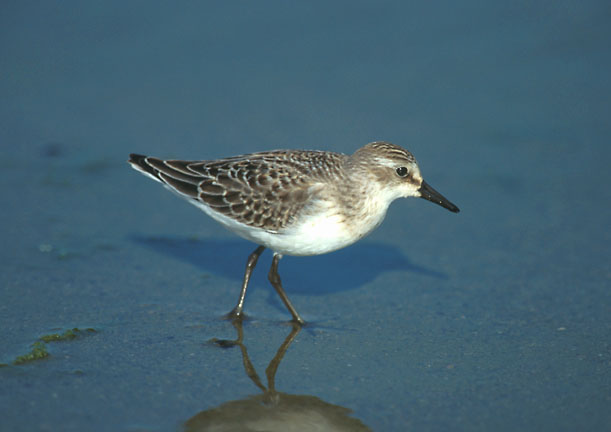
QUIZ 36
The dark-legged stints often give rise to very difficult identification problem. First, their small size distinguishes the Stints from other Calidris, but remember that the apparent size can be misleading in the absence of direct comparison.
The Semipalmated Sandpiper is the dullest species, with faint or lacking mantle and scapulars lines. Its upperparts are dark brown with dull yellowish fringes in summer plumage, less rufous than Western Sandpiper (Calidris mauri). Underparts are mostly white, with a band of streaking acrossthe breast whichmayextend onto the fore-flanks. In juvenile plumage, upperparts are generally of earthy and buffy-brown colours, with a rather uniform pattern.
Breeding birds show a crown initially streaked dark brown and pale grey, but wear may reveal some reddish fringes. A whitish supercilium, finely streaked brown, dusky lores, pale ear-coverts are also characteristic. Non-breeding birds have pale, fairly uniform brownish-grey upperparts, with white underparts and sides of breast washed grey. The bill is typically blunt-tipped and rather deep at base, usually shorter than in Western Sandpiper. Lenghts overlap however.
The White-rumped Sandpiper (Calidris fuscicollis) is very similar, but slightly larger and with long wings extending well beyond the tail. Its bill is short and slightly drooping, black with yellowish at base. Red-necked and Little Stints were not from the New World...
Bird photographed by Don DesJardin. Gallery overview
Quiz Statistics
Quiz results
Rules
Hall of Fame
More links !
